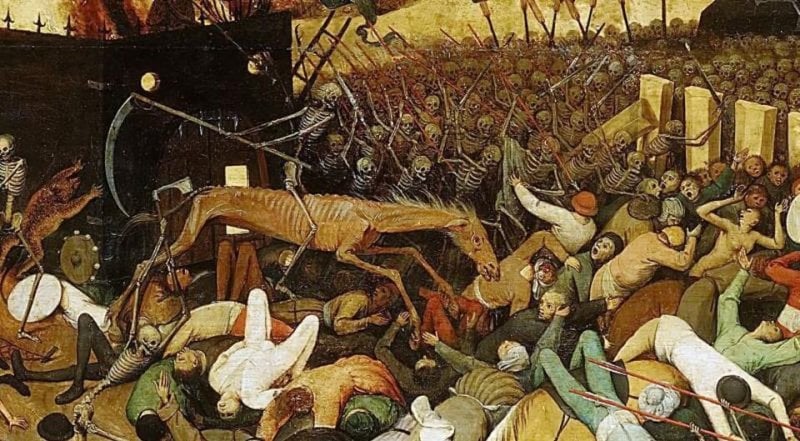The Black Death was only the beginning. Countless millions perished in this terrible early wave – an estimated 60 percent of Europe was wiped out – but the virulent bacterium responsible was never actually contained.
When the Black Death of the mid–14th century was over, Yersinia pestis was far from done, laying waste to human life for another 500 years. This grim, recurring saga of outbreaks – called the second plague pandemic – lasted until the 19th century. But where did its deadly antagonist originate?
In a new study, an international team of scientists reconstructed 34 Y. pestis genomes sourced from the teeth of 34 individuals who died in 10 different countries – tracing a kind of genetic family tree of shadowy pestilence spanning the 14th to 17th centuries.
…
The precursor, the researchers say, came from Russia, specifically a town called Laishevo in the historical Volga region, based on the evidence of a sample known as LAI009.
…
While the new findings cannot be truly definitive about the ancestor of the Black Death outbreak, they do nonetheless illustrate the earliest known genetic origins of what became a 500-year plague.
Read full, original post: An Ancestral Genome of The Plague Has Been Traced Back to Russia































